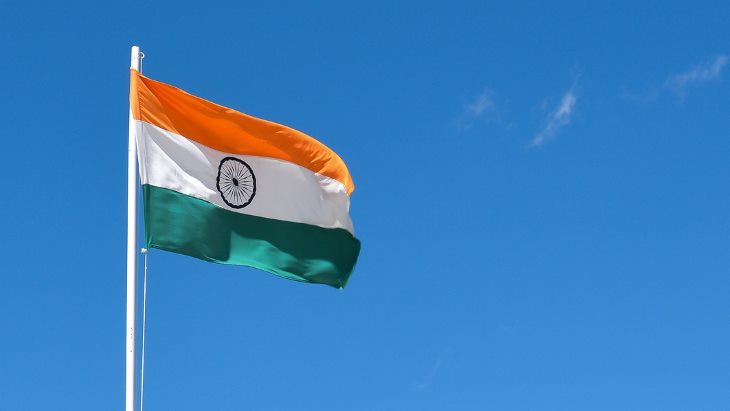The Parliamentary Standing Committee on Science & Technology, Environment, Forests and Climate Change made these recommendations in its report on the grant requests by the Department of Atomic Energy (DAE) for 2020-2021 The report was presented to India's upper house, the Rajya Sabha, on 6 March and tabled before the lower house, the Lok Sabha, the same day.
India's nuclear energy programme is at a "very sensitive crossroads", the report says. "From the point of view of emissions of greenhouse gases, nuclear power is a clean source of electricity," it added. Although relative economics of nuclear and solar power have changed, as post-Fuksuhima safety concerns have caused increases in the costs of nuclear while the price of solar power has fallen, "India cannot afford to do away with a baseload source of electricity like nuclear power," the report says. "India's nuclear energy programme has both a strategic and energy dimension, and both of these have to be kept in view", it adds.
"The Committee is also aware of the fact that apart from helping India acquire badly needed natural uranium from other countries, the Indo-US Nuclear Agreement of 2005 has not yet resulted in new commercial projects with foreign assistance," it says. "Negotiations with the French and American companies have been going on for over a decade. The Committee feels that at this point in time it would be better for the DAE to adopt a standardised 700 MW heavy-water reactor and use that standardised design for its expansion programme in an aggressive manner."
India's 22 operating nuclear power reactors provided around 2% of its electricity in 2017, according to World Nuclear Association. Seven units are under construction. These are: four indigenously designed 700 MWe PHWRs, two each at Kakrapar and Rajasthan; two Russian-designed VVER pressurised water reactors at Kudankulam; and an indigenously designed prototype fast breeder reactor at Kalpakkam. Kovvada, in Andhra Pradesh, has been earmarked for the construction of six Westinghouse-designed AP1000 PWRs, although contractual arrangements have still to be finalised.
The committee said it hoped the DAE would be in a position to commission the fast breeder reactor at Kalpakkam by the end of 2021. "Even though it would have taken almost two decades when commissioning takes place, this is a pioneering initiative of which India can be justifiably proud. It will transform our nuclear energy programme," it says in its report.
In a 5 March written answer to the Rajya Sabha, Minister of State Jitendra Singh said "commissioning and operationalisation" of the first of the country's 700 MWe PHWRs, Kakrapar 3, is expected by this October and Kakrapar 4 in September 2021. The 700 MWe PHWRs under construction at Rajasthan are expected to be commissioned in March 2022 for unit 7 and 2023 for unit 8, while the VVERs at Kudankulam are both expected to be commissioned in 2023, he said.






_63865.jpg)
_18570.jpg)
_16159.jpg)





